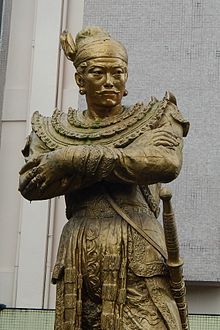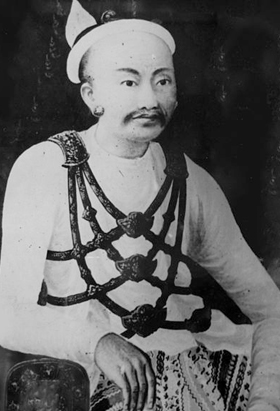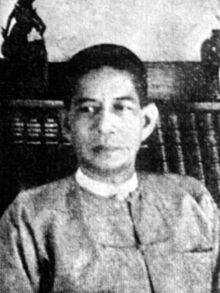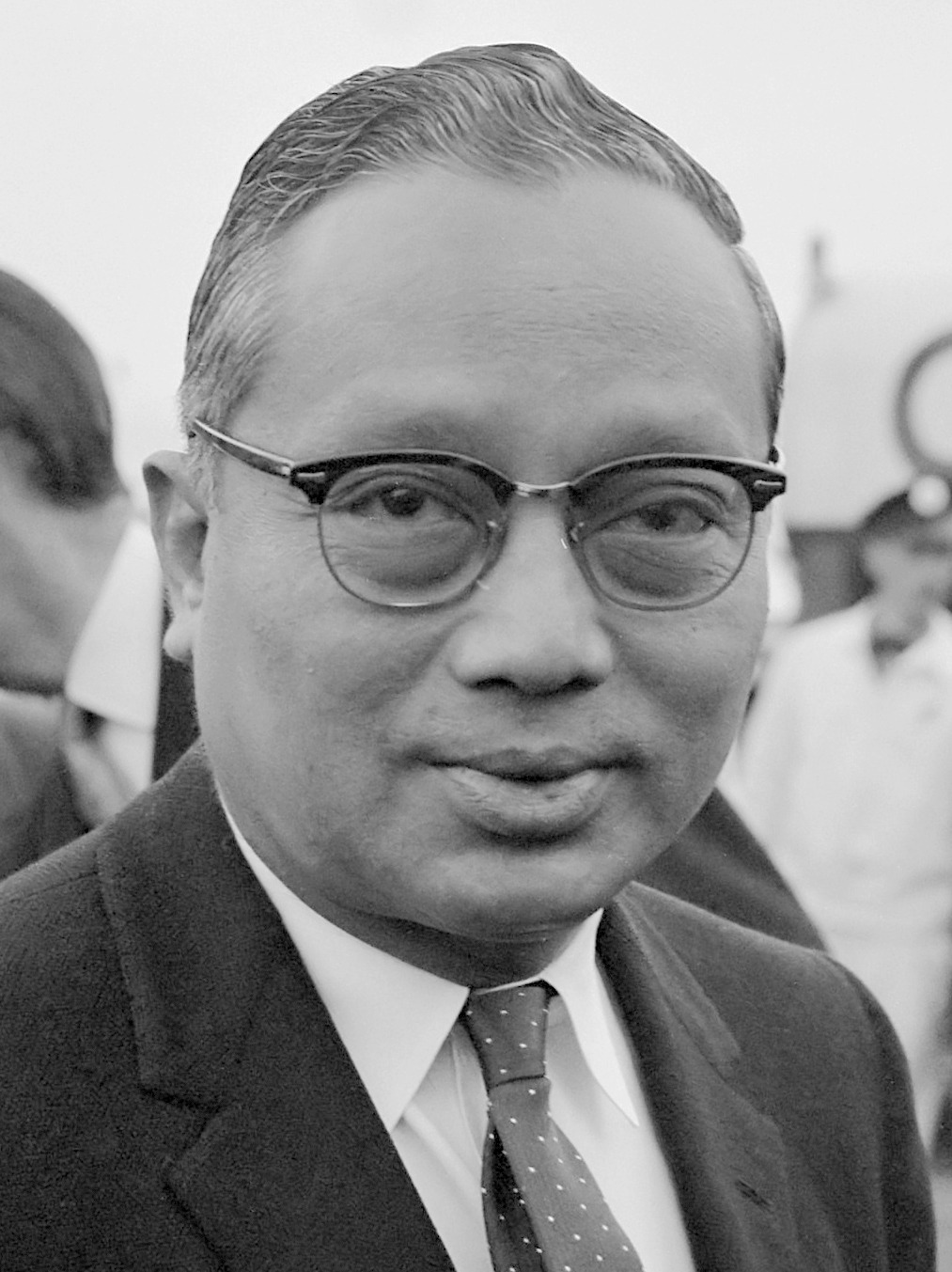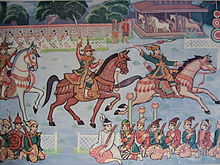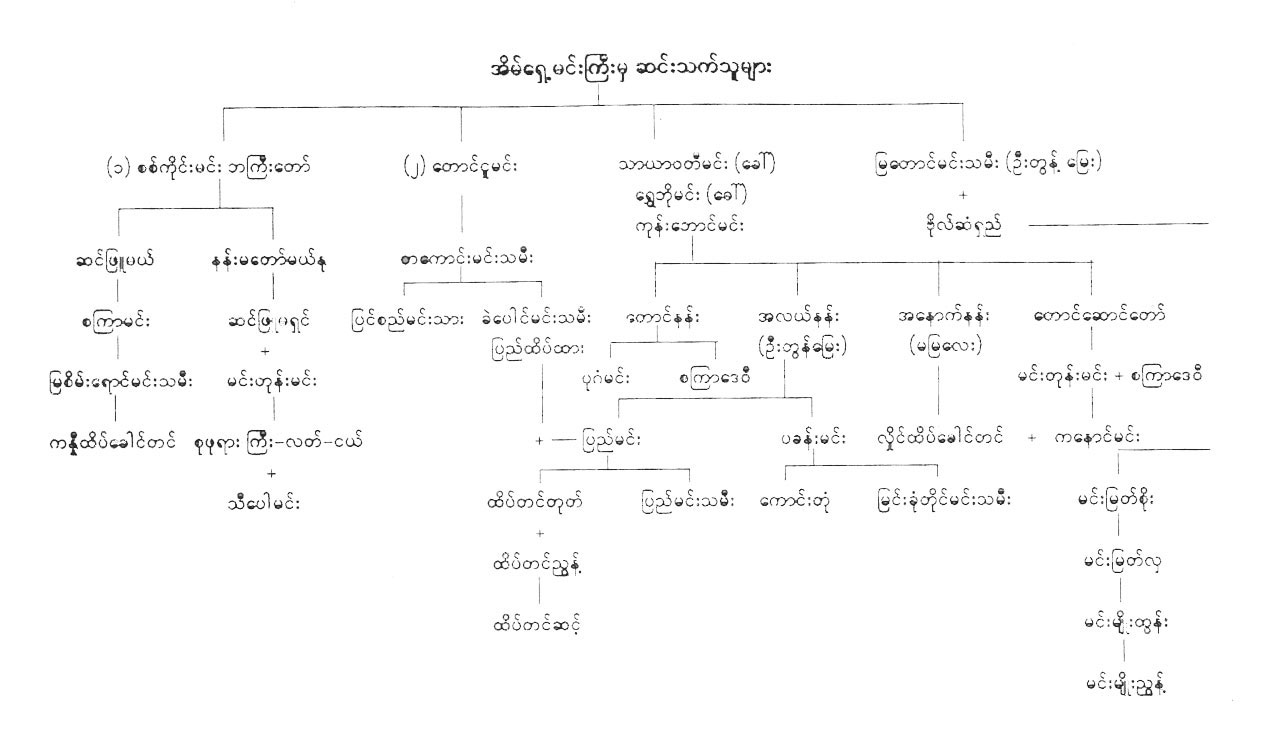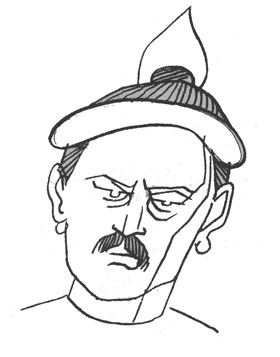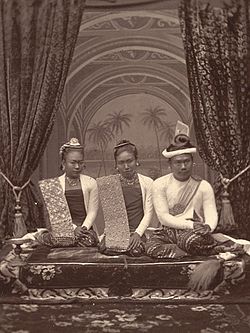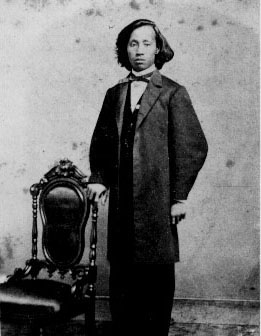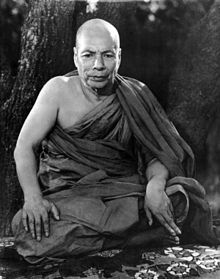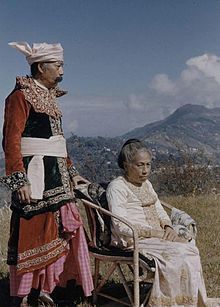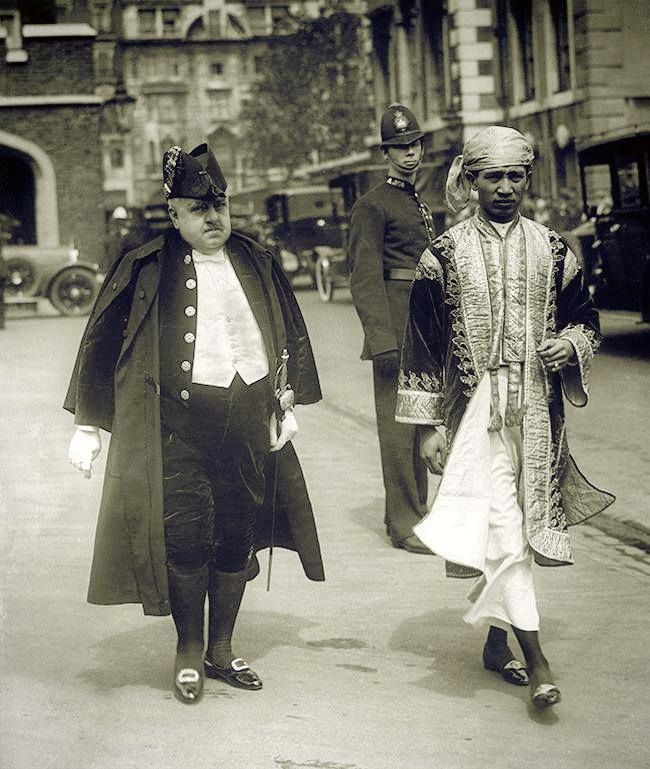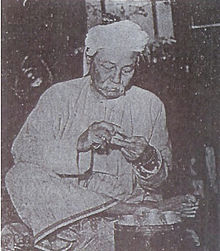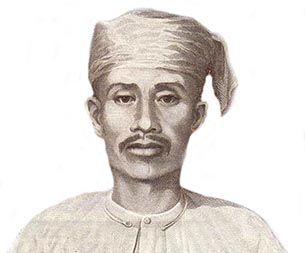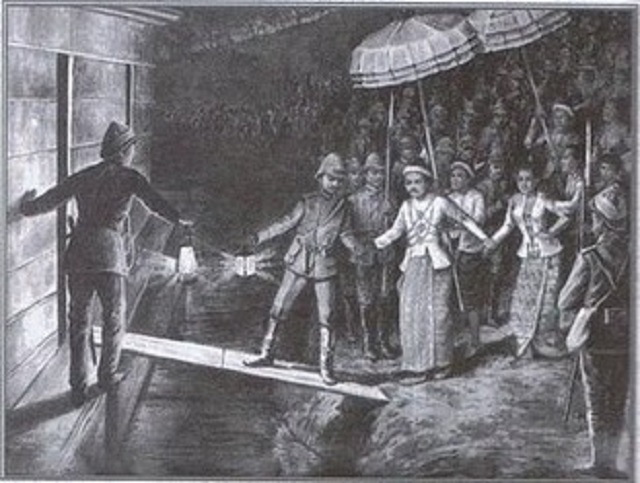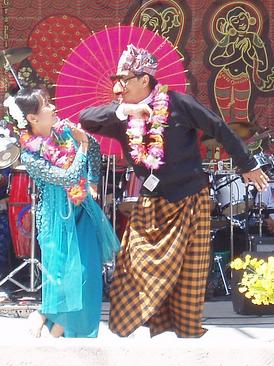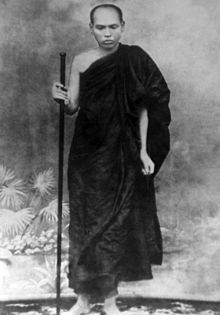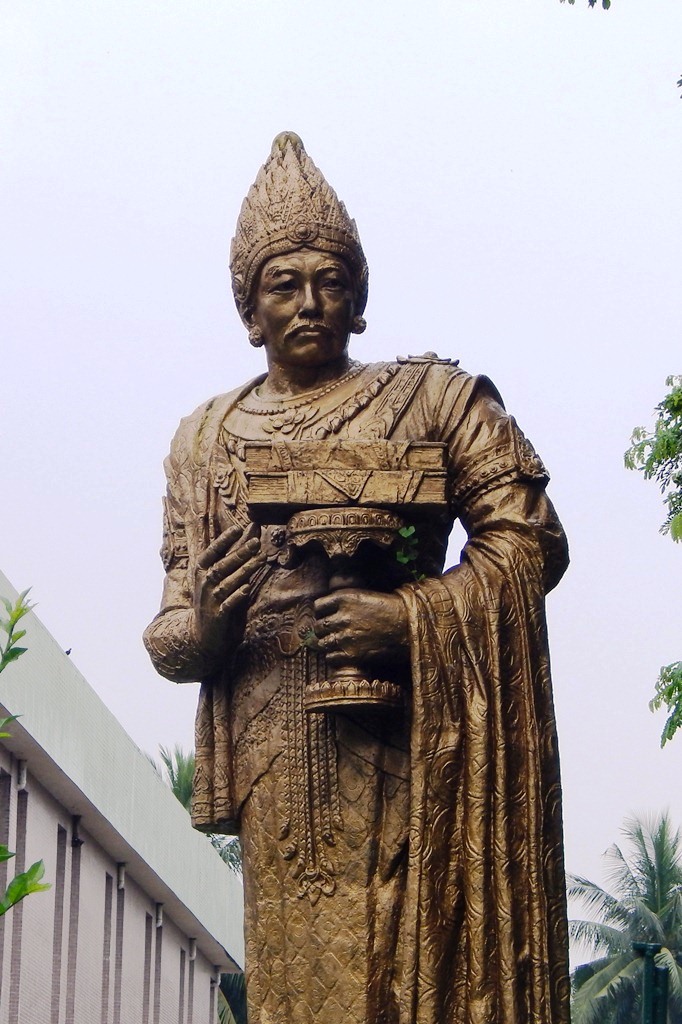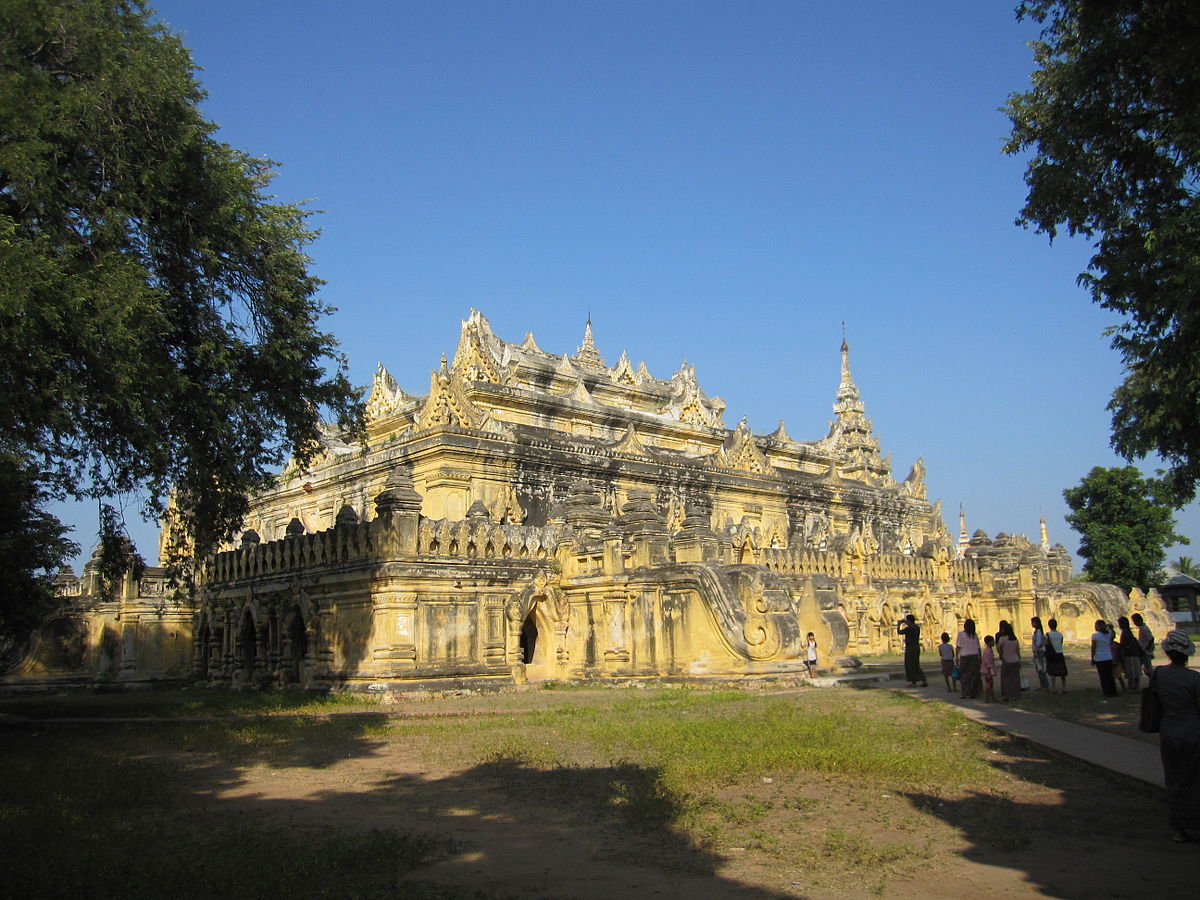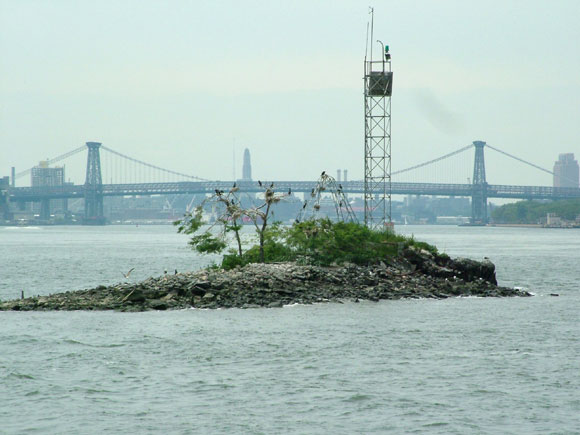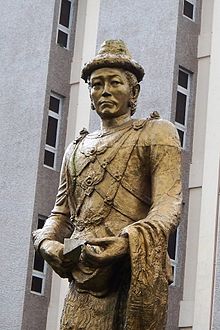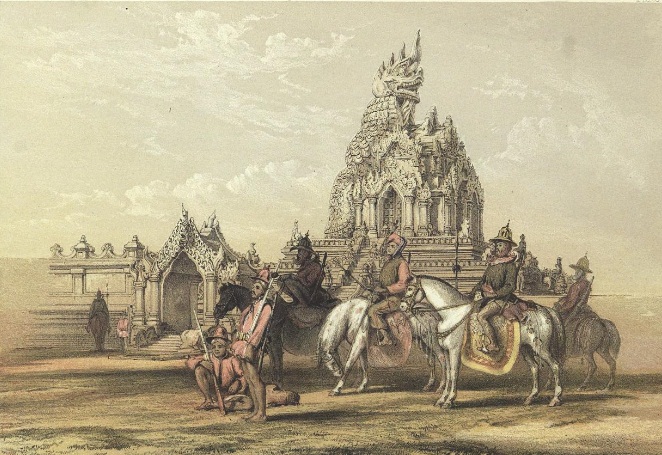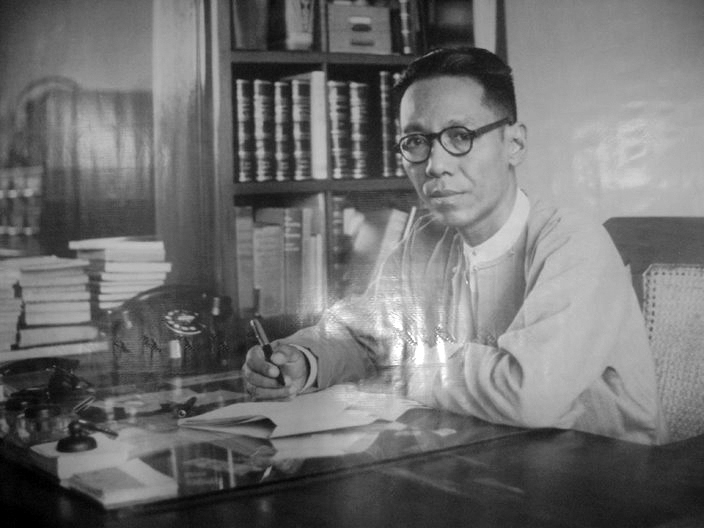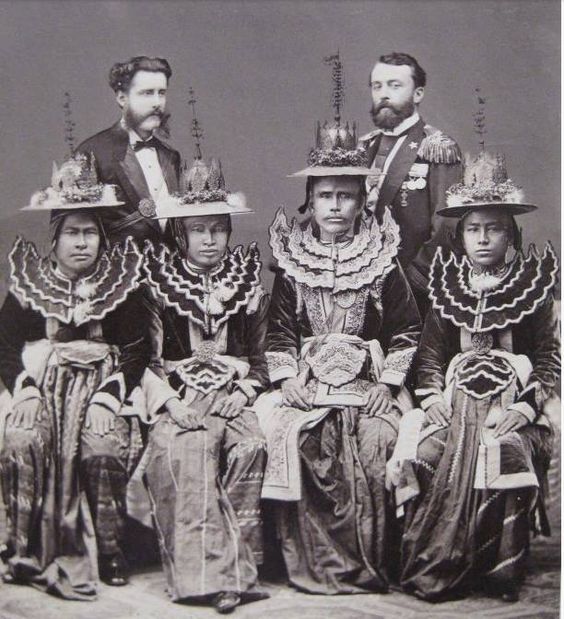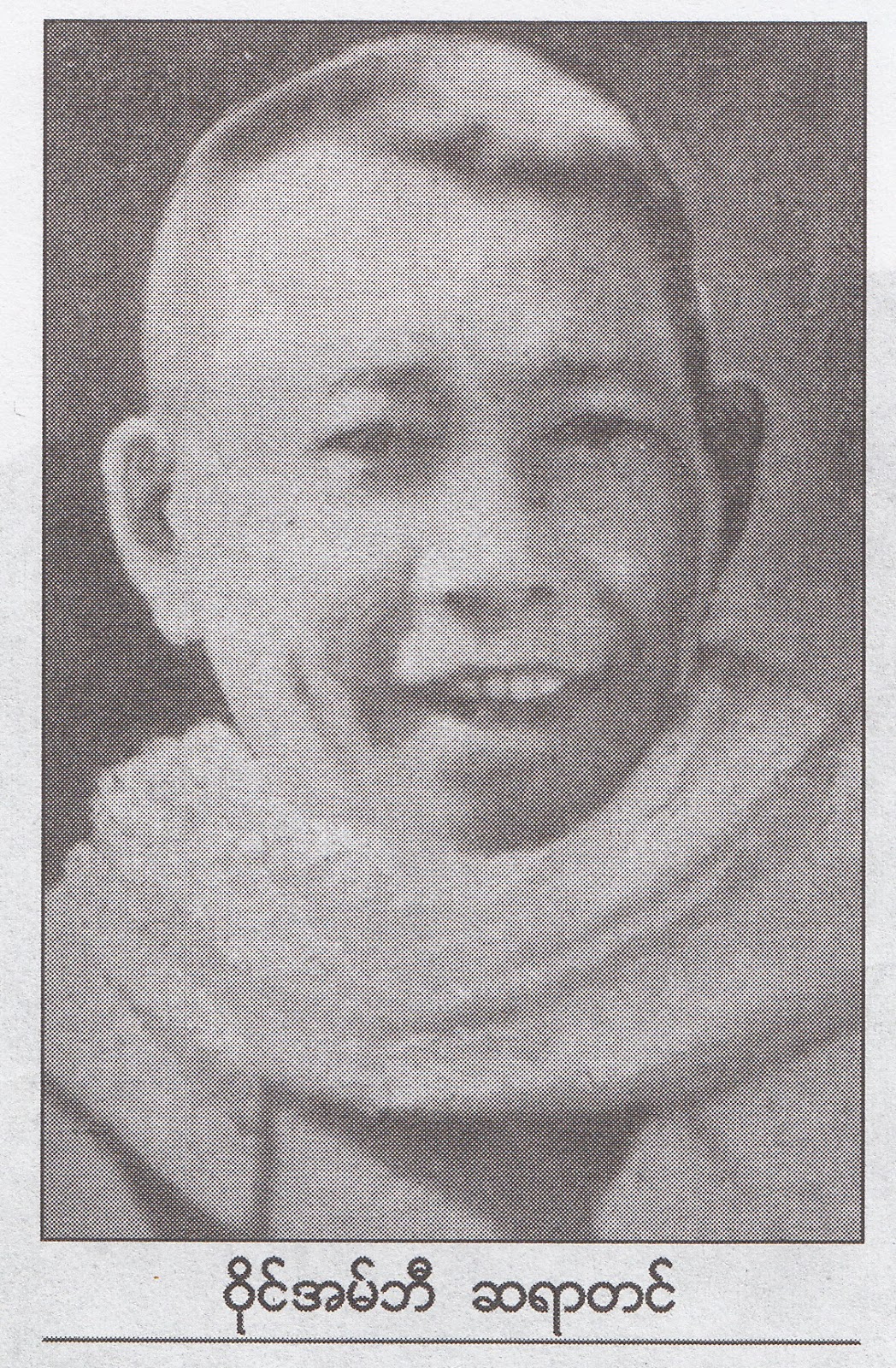Myanmar History
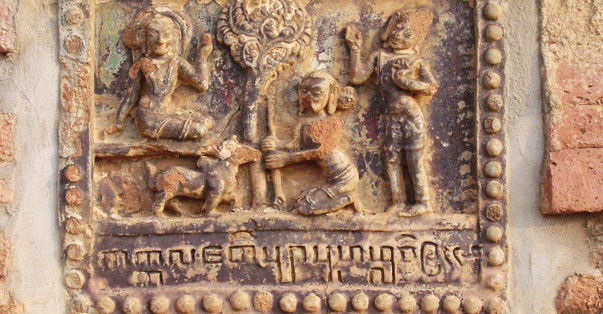
Myanmar has a long and complex history. Many peoples have lived in the region and the history began. The first identifiable civilization is that of the Mon. The Mon probably began migrating into the area in about 300 BC, and their first kingdom Suwarnabhumi, was founded around the port of Thaton in about 300 BC. The Pyu arrived in Myanmar in the 7th century and established city kingdoms at Binnaka, Mongamo, Sri Ksetra, and Halingyi. During this period, Myanmar was part of an overland trade route from China to India. By 849, the Burmans had founded a powerful kingdom centered on the city of Bagan and filled the void left by the Pyu. The kingdom grew in relative isolation until the reign of Anawrahta (1044 - 77) who successfully unified all of Myanmar by defeating the Mon city of Thaton in 1057.
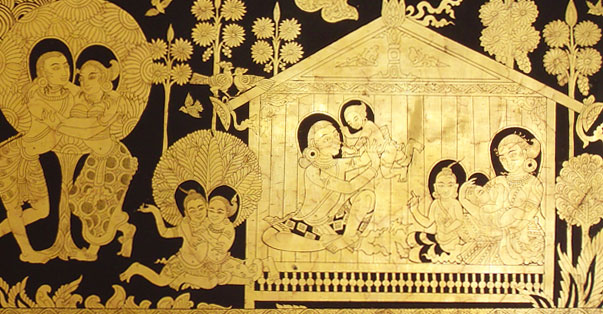
After the collapse of Bagan authority, Myanmar was divided once again. The Burmans had restablished themselves at the city of Ava by 1364, where Bagan culture was revived and a great age of Burmese literature ensued. The kingdom lacked easily defendable borders, however, and was overrun by the Shan in 1527. Surviors of the destruction of Inwa eventually established a new kingdom centered on Taungoo in 1531 led by Tabinshwehti (reigned 1531-50), who once again unified most of Myanmar. A popular Burmese leader named Alaungpaya drove the Bago forces out of northern Myanmar by 1753, and by 1759 he had once again conquered Pegu and southern Myanmar while also regaining control of Manipur. He established his capital at Rangoon, now known as Yangon. Myanmar was known to the West ever since western explorers had heard of it. Marko Polo was the earliest known westerner who discovered Myanmar and introduced to the West.
We have 74 guests and no members online
Photo Credit - www.wikipedia.org
King Bayinnaung (1551-1581) was also known as Braginoco or Barinnaung. He was the king of the Taungoo dynasty and reigned from 1551 to 81 in Myanmar. He unified his country and conquered the Shan States and Siam (now Thailand). making Myanmar the most powerful kingdom in mainland Southeast Asia. In 1550 a revolt broke out among the Mons of southern Myanmar. and Bayinnaung's brother-in-law. Tabinshwehti. was assassinated at Bago in 1551 by a Mon prince.
King Mindon (1853-1878) was the king of Myanmar from 1853 to 1878. His reign was notable both for its reforms and as a period of cultural flowering in the period before the imposition of complete colonial rule.
Photo credit - www.wikipedia.org
Zawgyi (Burmese: ဇော်ဂျီ, conceived Thein Han (သိန်းဟန်, 12 April 1907 - 26 September 1990) was a recognized and driving Burmese artist, creator, abstract history specialist, commentator, researcher and scholastic.
U Thant, who filled in as Secretary-General of the United Nations from 1961 to 1971. was going the world body when Secretary-General Dag Hammarskjold was murdered in an air crash in September 1961.
Photo Credit - www.wikipedia.org
The 11 Kings of the Konbaung Period
Bagyidaw (A.D 1819-1837). king of Myanmar from 1819 to 1837. The seventh monarch of the Konbaung. or Alaungpaya dynasty. he was defeated in the First Anglo-Myanmar War (1824-26).
Queen Supayalat next to King Thibaw Min and her sister Princess Supayagyi
The First Myanmar Medical Doctor graduated in USA. Dr. M Shaw Loo has to be the first medical doctor from Myanmar. He was the son of U Shwe Thet and Daw Phwar. They descendants of Mon race and were Christians. It was the time when the First British-Myanmar war was going on. in 1824. Young Shaw Loo lived in Mawlamyine. Mon State with his parents.
Photo Credit - www.rfa.org
Sayar San's (1930-1932) real name was U Ya Gyaw. He was born in Thayet Kan. Shwebo District. Mandalay Division. Once he became the leader of anti-British rebellion of 1930-32 in Myanmar. he was known as Saya San. Saya San was a native of Shwebo.
Photo Credit - www.wikipedia.org
U Shwe Yoe's original name was U Ba Ga Lay. He was a pioneer famous Cartoonist. Actor. Comedian and Dancer. U Ba Ga Lay invented Myanmar's most famous Dance and Character known as U Shwe Yoe. He was born in 1893. Pathein. the delta region of Myanmar. His parents were U Pho Thi and Daw Thae Mhone. both were teachers of Pathein High School. He died in 1945 at the age of 52.
Photo Credit - www.wikipedia.org
Ledi Sayadaw U Ñanadhaja (Burmese: လယ်တီဆရာတော် ဦးဉာဏဓဇ, 1 December 1846 – 27 June 1923) was a compelling Theravada Buddhist friar. He was perceived from a youthful age as being produced in both the hypothesis (Abhidharma) and routine of Buddhism as was respected as being academic.
Photo Credit - www.wikipedia.org
King Anawrahta (A.D. 1044-1077). also spelled ANIRUDDHA. the first king of all of Myanmar. (reigned 1044-77). who introduced his people to Theravada Buddhism. His capital at Bagan on the Ayeyarwaddy River became a prominent city of pagodas and temples. During his reign Anawrahta united the northern homeland of the Myanmar people with the Mon kingdoms of the south.
U Thant Island. or officially Belmont Island. is a tiny 100 x 200 foot (30 x 60 metre) artificial island in New York City's East River. just to the south of Roosevelt Island. It lies across from United Nations headquarters at 42nd Street. and is legally considered a part of the Borough of Manhattan and New York County. The islet is currently protected as a sanctuary for migrating birds. including a small colony of Double-crested Cormorant. and access is prohibited to the public.
Photo Credit - www.asnthanhan.com
This article was written in 1985. one hundred years after King Thibaw and Queen Supayar Latt were taken to India by the British.
Photo Credit - www.wikipedia.org
King Sinbyushin (A.D 1763-76) was the third king of the Alaungpaya. or Konbaung dynasty in Myanmar. He pursued a policy of expansion at the expense of practically all his neighbours.SinphyushinminSinbyushin's most important single project was the subjugation of Siam (now Thailand).
Photo credit - www.wikipedia.org
Min Thu Wun (Burmese: မင်းသုဝဏ်; 10 February 1909 – 15 August 2004) was a Burmese artist, essayist and researcher who propelled another age abstract development called Khit-San (Testing the Times) in Burma. He is the father of Htin Kyaw, leader of Myanmar since 2016.
Photo Credit - www.moemaka.com
Nandashay Sayar Tin was the most famous Musician and Composer of Myanmar Music history. He was the composer of Myanmar National Anthem. Sayar Tin was born in 1892 at Mandalay.
More in this section...
- Burma old villages 100 years ago
- Chief Minister Kinwun Mingyi & Delegation to Britain
- Chronology of Konbaung Period
- Curse of Bagan Temples
- Historical Events of Myanmar
- History of Myanmar
- Letter to U.S. President James Buchanan, 1857
- Mayan Civilization
- Myanmar Rulers : Kings, Queens, Presidents, and Prime Ministers
